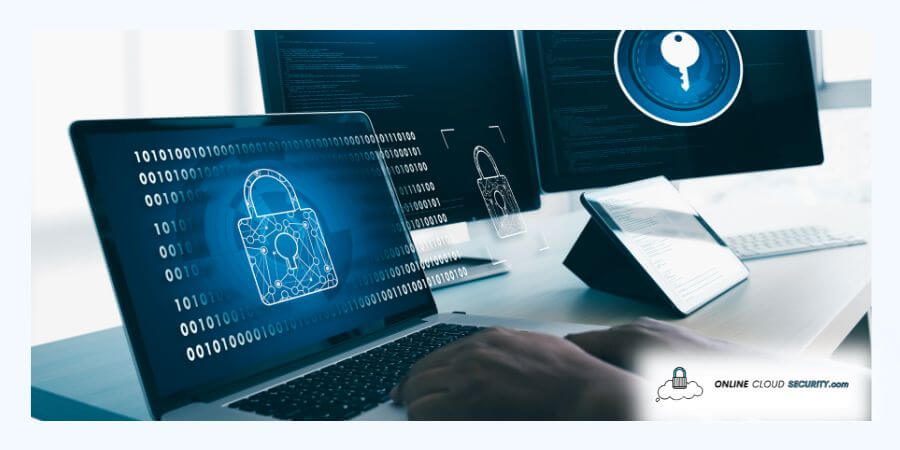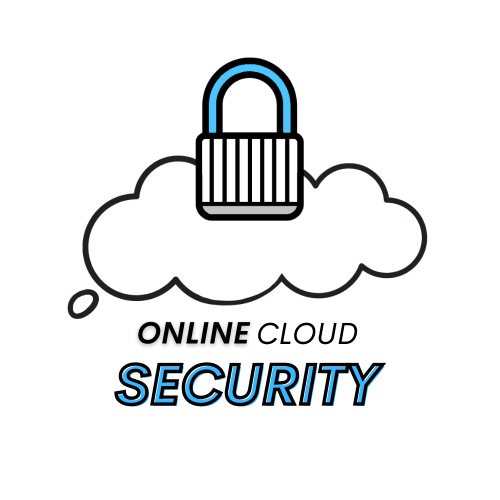
Dave Miller – Tech Enthusiast & Security Expert – January 16th, 2023

Cybersecurity is crucial for every industry, and the number of specialists in this sector is growing; However, do you know what are the 5 c’s of cyber security? All enterprises, corporations, organizations, and even governments are relying on computerized systems to handle their daily operations due to the present digital revolution and industry 4.0. In addition, the epidemic itself compelled most businesses to transition their workforces to remote working environments.
It caused swift revisions in the IT procedures of many different firms. Numerous studies continue to indicate that a sizable section of the workforce will continue to work remotely, and at this point, cyber security becomes even more crucial.
But as cyber dangers and technological advancements have increased, cybersecurity has become even more critical since these gadgets hold sensitive data. And cybersecurity specialists will need to maintain their sense of responsibility, so they’ll need to be familiar with the five C’s to promptly respond to threats and seize opportunities.
Read on to learn more about the 5 C’s and what you need to do with this knowledge.
In many ways, the goals of the cybersecurity team are similar to those of the disaster and business continuity recovery teams. SaaS, or software as a service, refers to providing applications via the internet. In other words, clients may access their applications remotely while the software is housed in the cloud. And in the context of the five C’s of cybersecurity, this is strangely pertinent.
So to not keep waiting on wondering what are the 5 c’s of cyber security, I will get straight to it as explained below:
Because this innovation is crucial to society’s future well-being and promoting economic progress, technologies are becoming more complex and linked. With this, over time, incredible resources and technologies have become a part of our environment and daily lives, placing knowledge at our fingertips. It has not only created significant improvements in our enjoyment of life but also in the safety of medical equipment and home security.
Cyberattacks continue to make top news and challenge the minds of cybersecurity experts worldwide as the cybersecurity landscape changes. However, I did imply the same thing when I discussed the first C of cyber security: change relates to adaptation. Threats change daily; therefore, your company’s cybersecurity strategy must change along with them.
Adapting might be daunting because there are so many new technologies to stay up with. Still, as a cyber security expert, you will have to force yourself and your company to move into the constantly evolving cyber security phase. Accordingly, even after you’ve developed a cybersecurity plan for your business, you’ll need to update it to ensure that it continues to be successful in the face of new cyber dangers with shrewd modifications and reliable technologies capable of detecting and defending against growing threats.
Any facet of a company, including compliance, is essential. It lessens the possibility that your company may face fines, penalties, job disruptions, or even closure. Before delving into the specifics of cyber security, remember that the authorities may penalize you heavily if you violate safety regulations someplace and someone is hurt. Similarly, if your company adheres to all necessary adjustments for cyber security, but your staff doesn’t even follow the rules and standards, it is useless.
The company is responsible for ensuring that staff adheres to the guidelines set out in your cybersecurity plan. Integrating a compliance element into your cybersecurity plan may solve this issue. It may appear simple to take the necessary steps to fulfill your employees’ commitments, but that is not the case. Businesses must continue to monitor and report on their adherence to prevailing regulations.
In this context, “SaaS Security” refers to protecting company data and consumer privacy in cloud services with a subscription model. It may significantly streamline enforcement, assisting in advancing audit and compliance management processes in a quicker and more precise manner.
Coverage, the third C of cyber security. Every business intends to expand quickly, and as a result, its IT infrastructure will also expand. This growth may bring with it several dangers, expenditures, and hazards. You must ensure that your company can continue to run in the case of an IT outage.
An access control point may be dropped anywhere in the world and be communicating, configuring, and managing your facility in a matter of hours, thanks to a SaaS-based security platform. Therefore, in addition to the company’s reputation, you should consider characteristics that will enable you to create a long-lasting security assessment workflow when choosing a SaaS-based security platform.
Redundancy is built into the communication channel since the internet may convey information through several pathways. IT solutions cannot handle threats’ intricacy, complexity, and ever-changing nature. Additionally, building up your continuous database is necessary for continuity, and setting up a data backup and disaster recovery platforms will be expensive for enterprises.
Additionally, there is no assurance of complete protection. Again, this is where most SaaS solutions have extremely effective computer servers with integrated backup and an up-for-disaster recovery center that restores operations.
Businesses typically spend $2,700 per full-time employee and 10% of their yearly IT expenditure on cybersecurity. It is a vital component of the organization’s budget. According to Cybersecurity Ventures, 60 percent of small businesses fail within six months of being the target of a data breach or cyberattack, and costs associated with cybercrime are expected to rise by 15 percent annually over the next five years, trying to reach USD 10.5 trillion yearly by 2025.
Also, every organization’s capacity to provide value to its consumers is crucial. How can a company care for its clients if it cannot defend itself? Therefore, SAAS is helpful in this situation. It might be challenging to provide great value without accounting for costs. However, SaaS works to minimize the total cost of ownership by eliminating infrastructure maintenance and installation costs.
Note: However, despite the advancement of technology, cloud-based or SaaS solutions may not be ideal for all types of companies.
The first step in creating the ideal cybersecurity architecture is understanding the five pillars of cybersecurity. And now you know what are the 5 c’s of cyber security. Additionally, it is your duty as a cyber security specialist to get things moving and maintain the infrastructure of your business. And since I am a cyber security specialist, you should focus on SaaS. SaaS is a licensing model that, by definition, allows access to software on a subscription basis. However, the emergence of SaaS happened simultaneously with the emergence of cloud-based computing.
Traditionally, frameworks have assumed that the organization is in charge of the endpoint, network access, or authentication strategy. While the firm may not have any control over any of them while using SaaS, it may nonetheless handle its particular difficulties by enhancing the SaaS security architecture. The challenge in SaaS security is achieving the desired results. As a professional, you will need to keep yourself in the loop of not only knowing the 5 C’s but also the constantly changing aspects of SaaS because the SaaS-based model provides an amazing alternative to conventional options and enables businesses to concentrate on every core aspect of the business.
Keep in mind that cyber security is essential, and you must prepare for all situations.
**Onlinecloudsecurity.com is a participant in the Amazon Services LLC Associates Program, an affiliate advertising program designed to provide a way for websites to earn advertising revenues by advertising and linking to Amazon.com and affiliated sites. As an Amazon Associate we earn affiliate commissions from qualifying purchases.**

Dave Miller is an IT Consultant for Online Cloud Security and has over 7 years of experience in the Information Technology space. He also specializes in repairing laptops & computers. In his spare time, he loves to talk about new technologies and hosts monthly IT and Cyber Security meetings in the Houston area.
Click any button down below to share this article on the following channels:

Online Cloud Security is here to recommend you the most secure devices, from laptops to smartphones, we only want to provide you with products that we have tested and used ourselves for online security. Every product that we recommend is heavily inspected and tested for security against hackers, viruses, malware, and any other intruders that may want to steal your information.

Online Cloud Security is here to recommend you the most secure devices, from laptops to smartphones, we only want to provide you with products that we have tested and used ourselves for online security. Every product that we recommend is heavily inspected and tested for security against hackers, viruses, malware, and any other intruders that may want to steal your information.
Your Trusted Source for Online Security